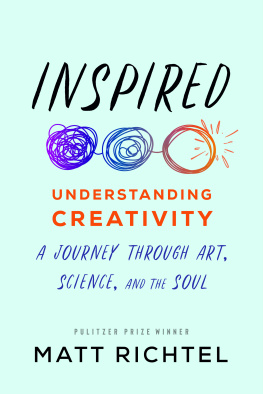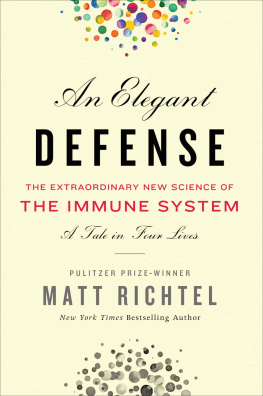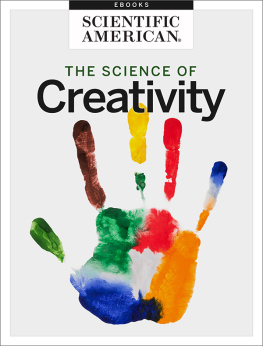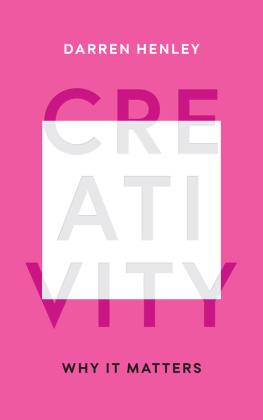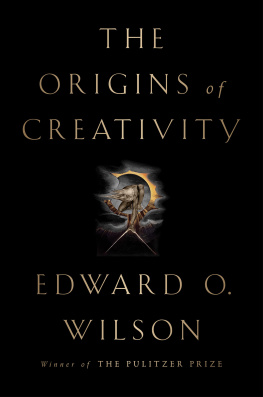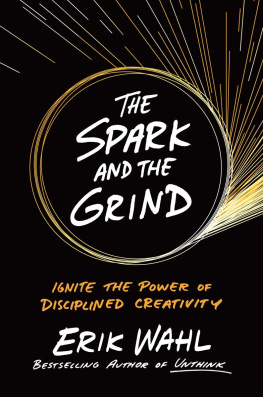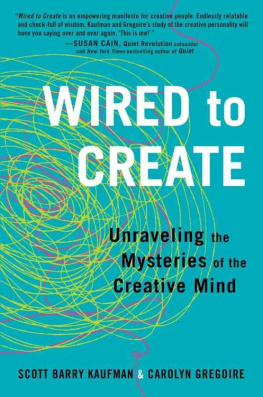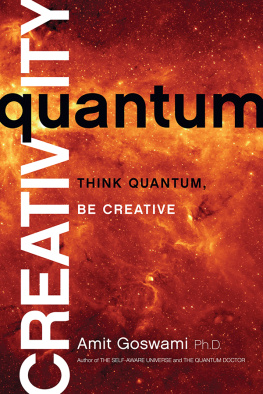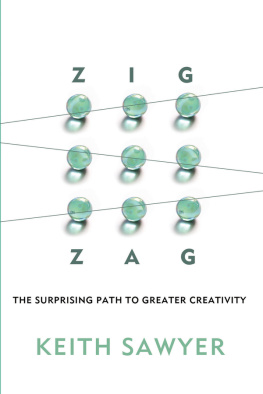In the beginning, as the biblical story goes, darkness was upon the face of the deep. Pitch black, everyplace. Quiet, natural, desolate, but roiling with emerging life. Organisms competed to survive, innovative by their very nature, mutating new forms of cells, giving rise to more advanced combinations of traits, developing hearts and lungs, protective fur, powerful sight, claws, arms and legs that eventually let them stand upright, one baby step after the next until there was an actual baby step. By a human being. Still, there was darkness, at least at night, until... Aha!, a person discovered how to create fire. And it was good.
Then, others found inspirations drawing pictures on the cave wall, made visible in the firelight; the paintings stirred emotions, as did the songs people wrote and sang around the flame. The creations came naturally, spurred by deep primal urges as visceral as hunger. And they became more refined with craftsmanship. They were beautiful, ingenious, sometimes dangerous.
Fire could rage out of control and a village or forest burn down. So other people eventually came up with buckets for water and then fire hoses, and salves for burns, and antibiotics for healing. One creation built on the next, little inspirations mixed with skill becoming like magnets drawing other ideas, a virtuous cycle. Often with a curious twist.
Many of the new creations posed new problems later known by a phrase that someone coined: unintended consequences. Think of the combustion engine, which allowed us to travel farther and faster in cars but had the unintended consequence of causing many people to die in road collisions andaha! a new ideaseat belts, and they were good. Then the exhaust from the cars led to climate change and a person came up with the battery-powered Tesla. And it was really good, especially when it self-parked. And the scientists begat solar technology, abundant energy extracted from rays of sunlight. But what about all those displaced coal workers? What discoveries would help them, the legions feeding their families from mining fossil fuels?
This book is the story of human creationa rolling series of inspirations, little, medium, and immense, virtually all their creators lost to history. This is natures call-and-response: rising challenges and new solutions, creation and disruption and creation again. It is the story of how we create, and how any of us can. How you might.
There are many troubling things in the world today. This book is the good news. Its about hope. The marvelous accident of persistent creativity. The promise that new ideas will come again and again, as inevitable as the ocean waves and the up and down path of the sun.
This isnt philosophy, or esoteric science. This is personal. This is about the inspirations stirring in each of usfor a business, screenplay, recipe, community program, political movement, painting, phone app, technological advance, new medicine, or song; heck, for that matter, perhaps an entire musical? Why not?
Because its just a germ. Because would-be creators are afraid, feel they lack expertise or that the idea doesnt exist for a reason, that it sounds nuts when said aloud. Because people are taught to color inside the lines. Because, in a way, the act of creativity is terrifying.
Just about every creator has been there. They feel a spark, an urge, a calling, the muse. Or they realize theyd felt it all along and they give in to it, embrace it, and they createoften with an abandon of self-fulfillment and joy unknown in virtually any other pursuit. Sometimes they change the world.
Where do these ideas come fromthe creative force behind art, science, music, business, technology? How do they become something new? Not from any miracle and not merely from luck or hard work. Inspiration, innovation, and experimentcreation and the creative process go by many namescan all be explained by biology, neurology, and other basic sciences. Creativity was inside of us all alonginside each of usin the beginning. From darkness, creativity lights the way forward, as it has done over and again in the past. It is in us now, especially now, in crisis, even chaos. This book is about how it works.
Our story starts in Jerusalem.
Wherein a visit to Jerusalem and a chance meeting with the Kangaroo Man provides a profile of a creator but reveals creativitys mortal foe, doubt.
King Herod was the Steve Jobs of his time.
The day after Thanksgiving 2019, I stood in the Jewish quarter of the Old City of Jerusalem. One week earlier, in Wuhan, China4,500 miles awaythe first known human being became infected with the virus caused by COVID-19. But that morning for me had a blessed feel, sun-bathed, unusually temperate. The city of peace felt calm, subverting an underlying turmoil of the world poised to surface and explode.
The square hummed with a throng of tourists, city dwellers, the pious. Devout Jews and Christians coursed across the cobbled stones to holy places. Around only a few narrow corners hustled too the Arabs and Armenians who also consider this place a portal to the heavens.
Where better to consider the source of human creativity than in a city many believe central to all of creation itself?
My guide, Amy, pointed to stones beneath our feet that the king laid more than 2,000 years ago. They were part of an empire-building mania led by this Roman-appointed ruler, streets that led to ports, fortresses, new ideas for gates and military defenses. Amy tells me he was a man who thought larger than life: Herod the Great.
He could also have fairly been called Herod the Vicious Paranoid Killer. He was a terrible person, a madman who ordered the murder of children and his own allies. It was all part of his conniving effort to hold on to power, his inspirations yielding the great and the evil.
His prolific creation was doubtless inspired by his surroundings and his peers. Judea around the year zero thrived with restless energy, competing ideas, cultures clashing. It drew half a million people, a significant population by even todays standards. This is key, it turns out. Throughout history, there have been outposts of explosive innovation, hot spots of creativity, cooperation, and fierce competition: Florence, Harlem, Athens, Morocco, Paris, extraordinary periods in Russia, Mali, Japan, China, India, Mexico, and Egypt, in Silicon Valley, Hollywood, and, certainly, Jerusalem. It was the ultimate company town, and the industry was religion.
A mythology has developed surrounding the image of the antisocial, isolated creative genius. It is among many misconceptions I began to see, little heresies, shorthand fables and narrative conveniences baked into the story of creativity. This book seeks to clarify the record, and this opening chapter is an overview into, and a down payment on, the science and story I will use to support a different view.
Population-level research, for instance, tells us that what gets created appears to come through a collective energy. Picture the teeming hub of ancient JerusalemJews, early Christians, Romansgathering, sharing, arguing; the ideas and energy gaining steam, then being poured out through an individual. Some person became a portal, a wellspring, a channeler, a veritable winged sage transcending the monotony of learned behavior and accepted technology.
Created here, the greatest stories ever told, if readership numbers are any guide.
A mere stones throw from where I stood with the tour guide are rooted the origin stories of Judaism, Christianity, Islam. Here, we learn from the New Testament, Christ carried a cross to his death, and burial at the site of the Church of the Holy Sepulchre. The golden mosque that looms over the city houses the Dome of the Rock, among the holiest sites for Muslims, where Mohammed in a dream flew on a white steed named Burq to a spot that Muslimsand Jews and Christiansconsider the foundation rock of the Earth. It was on this jagged opening, the beloved narratives have it, that our human story began.

